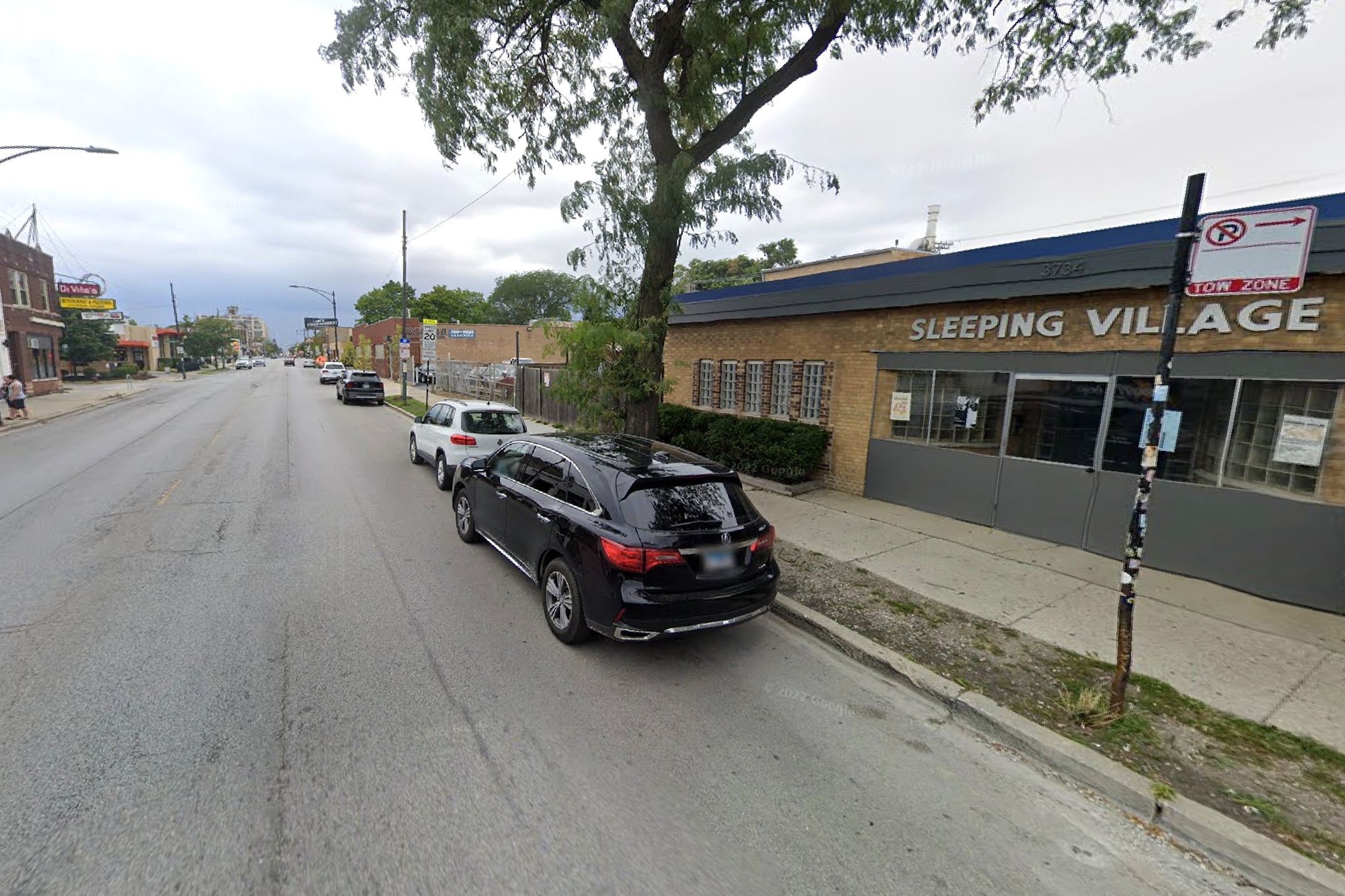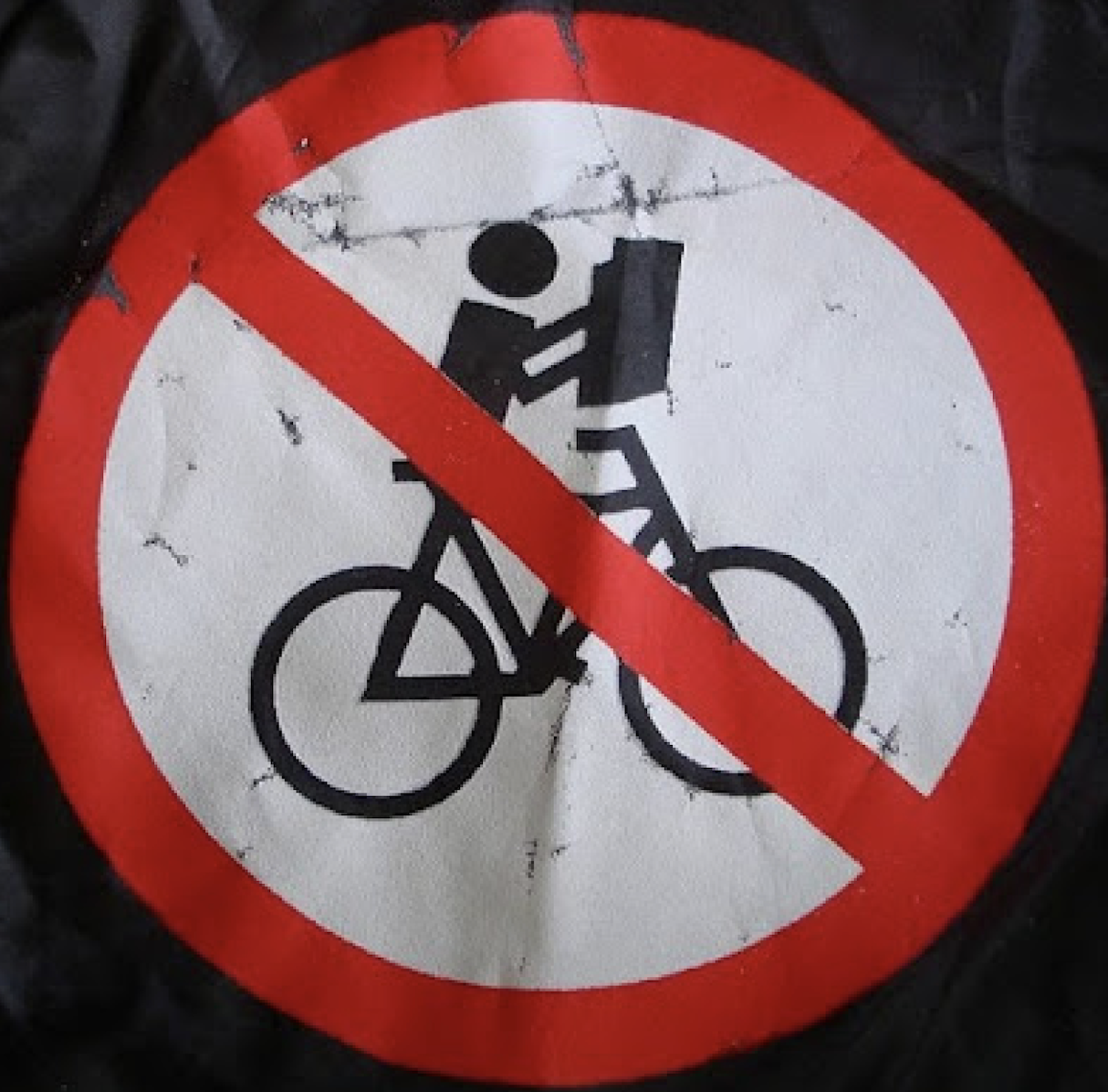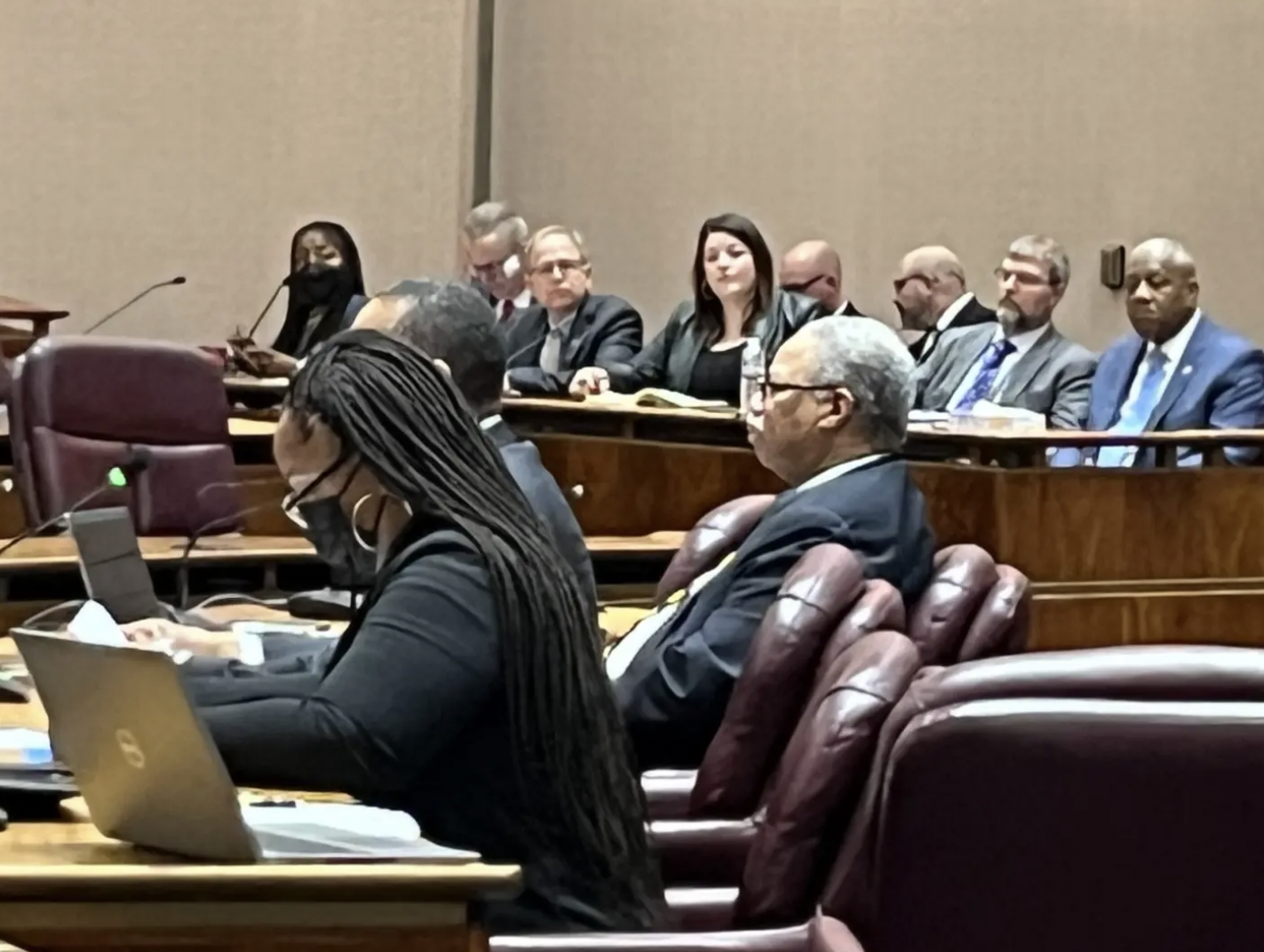If it can work on Edgewater Drive in Orlando, it can work anywhere.
This road diet -- or "street rightsizing" -- removed one traffic lane on a four lane road through 1.5 miles of the city's College Park neighborhood. Since then, traffic collisions are down 34 percent. Pedestrian activity increased 23 percent and cycling rose 30 percent.
Virtually none of the problems opponents predicted have materialized. Immediate property values have held steady with regional trends. Nearby streets haven't seen a major increase in traffic. And because the project was a simple striping, the road diet cost the city only an additional $50,000 over a basic resurfacing.
So why doesn't every city in America get busy "rightsizing"? A new guide from Project for Public Spaces seeks to make that possible. PPS's Rightsizing Streets Guide highlights case studies and best practices from Philadelphia, Seattle, Tampa, Poughkeepsie, and elsewhere to show jurisdictions how they, too, can right-size their streets.
Philadelphia took a unique approach. "The Porch" project outside 30th Street Station removed only parking and replaced it with a wide sidewalk, seating, and public gathering space. This new destination, featured last year on Streetfilms, seats 250 people and is home to regular events like yoga and farmer's markets, and it is a favorite spot for West Philadelphia workers to eat lunch on nice days.
During a seven-month period last year, nearly 25,000 visitors enjoyed The Porch -- all the more impressive when you consider the space formerly served a maximum of just 23 drivers. Traffic and parking snags have been nonexistent, PPS reports. In fact, high use of The Porch, coupled with low demand for nearby parking, suggest that further auto space should repurposed for Philadelphia pedestrians and transit users.
Another role model PPS points to is the city of Poughkeepsie, New York. Poughkeepsie's treatment for Raymond Avenue involved the removal of one traffic lane in each direction and the addition of three roundabouts. The city also added a center median with pedestrian refuges, to facilitate safer crossing.
That project led to a 50 percent decrease in traffic collisions and the opening of several new businesses in the area. Since it was installed in 1999, it attracted the attention of the neighboring town of LeGrange, which is now in the midst of a similar project.





